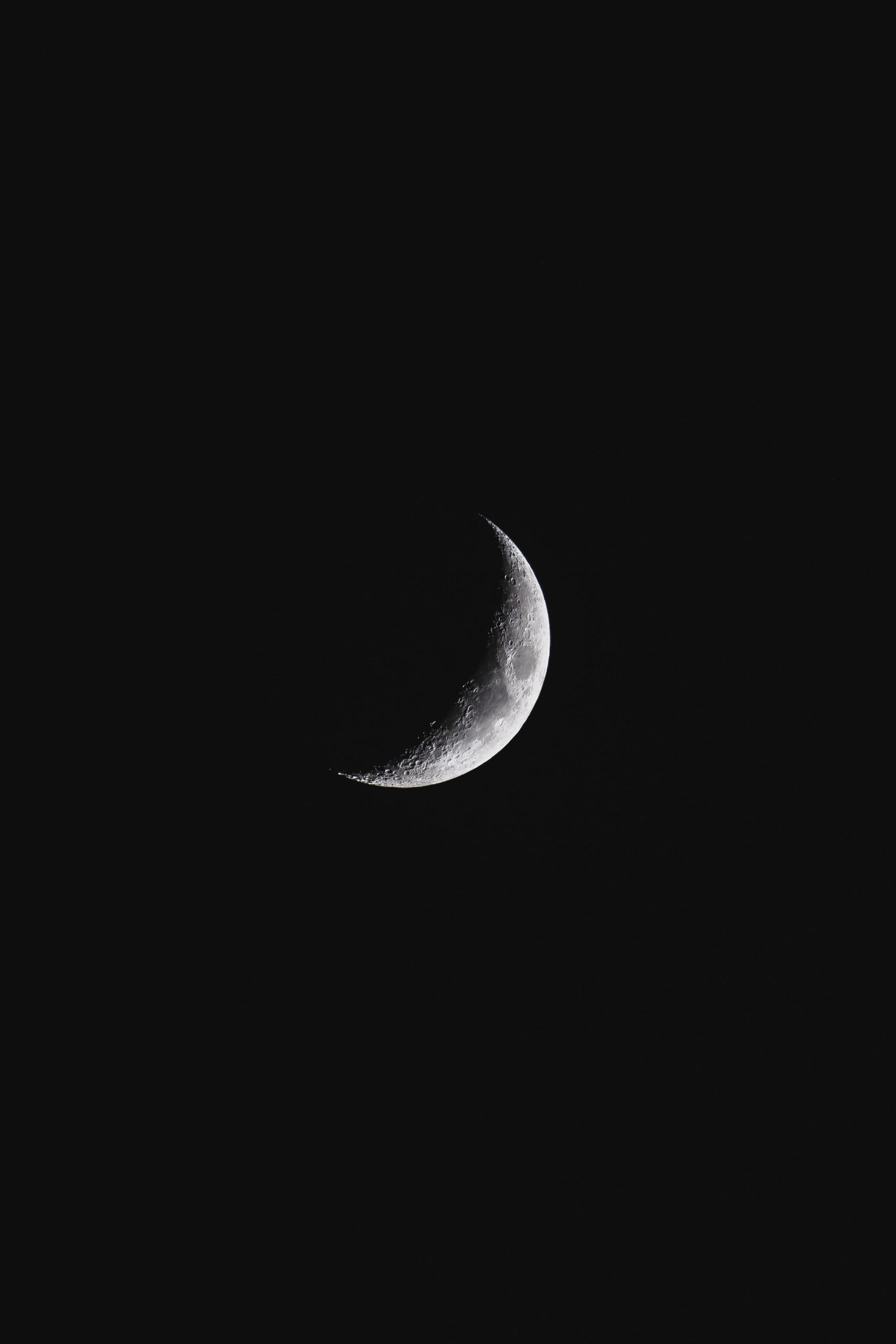The Difference Between Waxing and Waning Phases: Explained and Explored
When it comes to the phases of the moon, some people may find themselves confused by terms like “waxing” and “waning.” If you’ve ever wondered about the difference between these two terms and what they represent, you’ve come to the right place. In this blog post, we’ll break down the waxing and waning phases, explain how they occur, and explore their significance. So, let’s dive in!
Understanding the Lunar Cycle
Before delving into the details of waxing and waning, it’s important to have a basic understanding of the lunar cycle. The lunar cycle refers to the regular changes in the appearance of the Moon as seen from Earth. The Moon goes through eight distinct phases, which include the new moon, waxing crescent, first quarter, waxing gibbous, full moon, waning gibbous, third quarter, and waning crescent.
| Phase | Description |
|---|---|
| New Moon | The Moon is not visible from Earth. |
| Waxing Crescent | A small, crescent-shaped portion of the Moon is visible. |
| First Quarter | Exactly half of the Moon is visible. |
| Waxing Gibbous | More than half, but not the whole, of the Moon is visible. |
| Full Moon | The whole face of the Moon is visible from Earth. |
| Waning Gibbous | More than half, but not the whole, of the Moon is visible. |
| Third Quarter | Exactly half of the Moon is visible. |
| Waning Crescent | A small, crescent-shaped portion of the Moon is visible. |
Waxing Phase: From Darkness to Light
The waxing phase of the Moon refers to the period when the illuminated area of the Moon visible from Earth is increasing. During this phase, the Moon appears to grow larger, progressing from the new moon to the full moon. Let’s explore the different stages of the waxing phase:
- New Moon: The waxing phase begins with the new moon, where the Moon is completely dark and not visible from Earth.
- Waxing Crescent: As the waxing phase progresses, a small portion of the Moon becomes illuminated and appears in the shape of a crescent.
- First Quarter: At this stage, exactly half of the Moon is illuminated, creating a clear distinction between the illuminated and dark portions.
- Waxing Gibbous: During this stage, more than half but not the whole Moon is illuminated. The illuminated portion continues to grow, getting closer to a full moon.
- Full Moon: The waxing phase culminates in a full moon when the entire face of the Moon is visible from Earth. This marks the midpoint of the lunar cycle.
Waning Phase: From Light to Darkness
The waning phase of the Moon refers to the period when the illuminated area of the Moon visible from Earth is decreasing. During this phase, the Moon appears to shrink in size, progressing from the full moon to the new moon. Let’s explore the different stages of the waning phase:
- Full Moon: The waning phase begins with a full moon, where the entire face of the Moon is visible from Earth.
- Waning Gibbous: As the waning phase progresses, the illuminated portion of the Moon starts to decrease, with more than half but not the whole Moon still visible.
- Third Quarter: At this stage, exactly half of the Moon is illuminated, forming another clear distinction between the illuminated and dark portions.
- Waning Crescent: During this stage, a small portion of the Moon becomes illuminated and appears in the shape of a crescent. The illuminated portion continues to decrease, moving closer to a new moon.
- New Moon: The waning phase concludes with a new moon, where the Moon is completely dark and not visible from Earth.
Significance and Cultural Interpretations
The waxing and waning phases of the Moon have captivated the human imagination for centuries, leading to various cultural interpretations and beliefs. In many ancient cultures, the Moon’s phases were associated with the cycles of life, fertility, and rebirth. For example, the waxing phase was often associated with growth, abundance, and new beginnings, while the waning phase represented release, letting go, and introspection.
Additionally, the Moon’s phases have practical applications, especially for those who rely on the Moon for navigation or agricultural activities. Understanding the waxing and waning phases allows individuals to anticipate moonrise and moonset times, plan outdoor activities, and even observe the behavior of plants and animals affected by lunar cycles.
While our scientific understanding of the Moon’s phases has come a long way, the waxing and waning phases continue to inspire awe and fascination. Whether you’re a stargazer or simply curious about the natural world, taking the time to observe and appreciate the Moon’s ever-changing appearance can be a rewarding experience.
Conclusion
Now that you have a clear understanding of the difference between waxing and waning phases, you can observe and appreciate the Moon’s journey through its various stages. Remember, the waxing phase represents the Moon growing from darkness to light, culminating in a full moon, while the waning phase symbolizes the Moon shrinking from light to darkness, leading to a new moon.
Next time you gaze up at the night sky and spot the Moon, take a moment to consider its phase and the wonder of our interconnected universe.
Table of Contents
